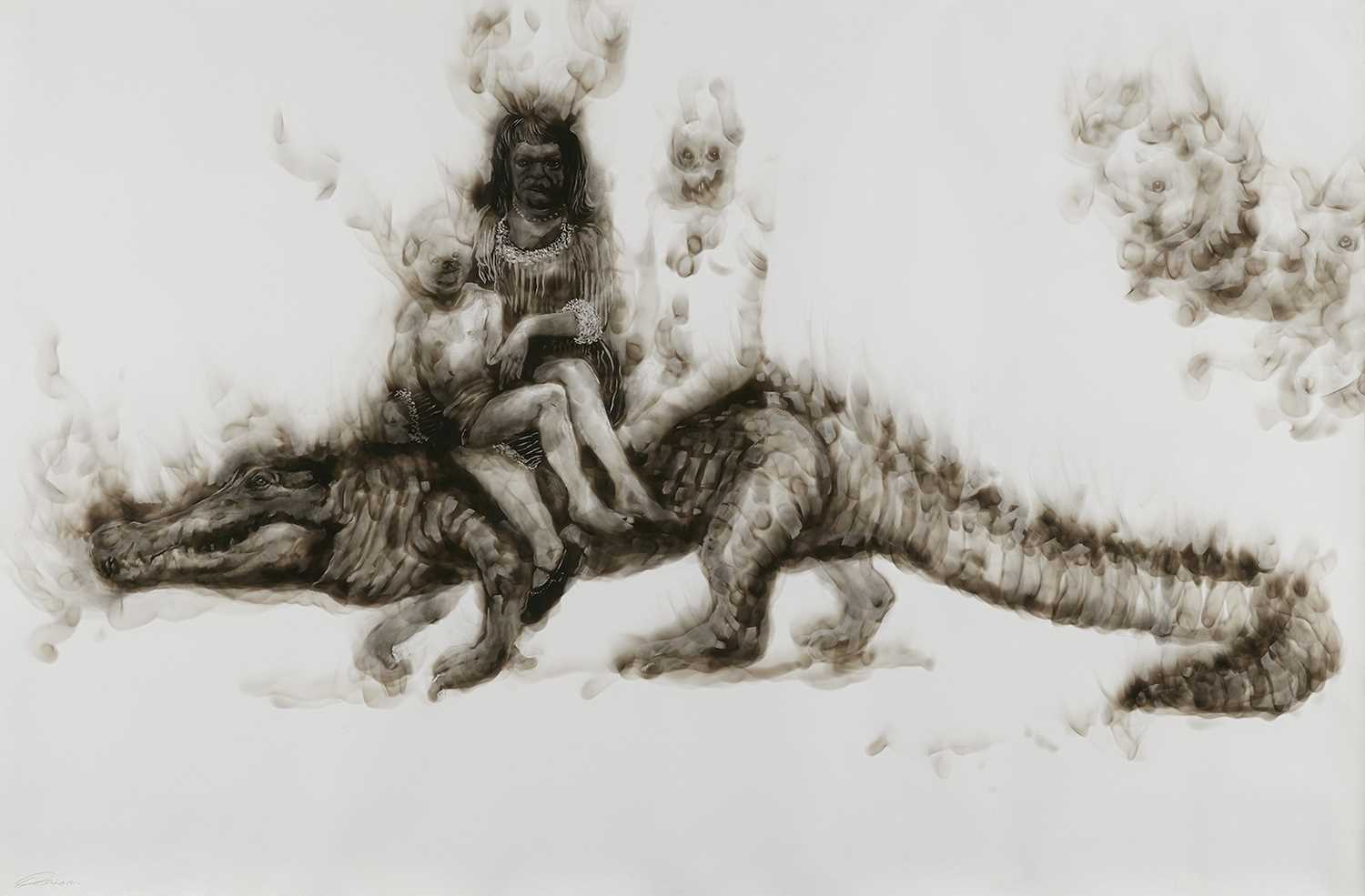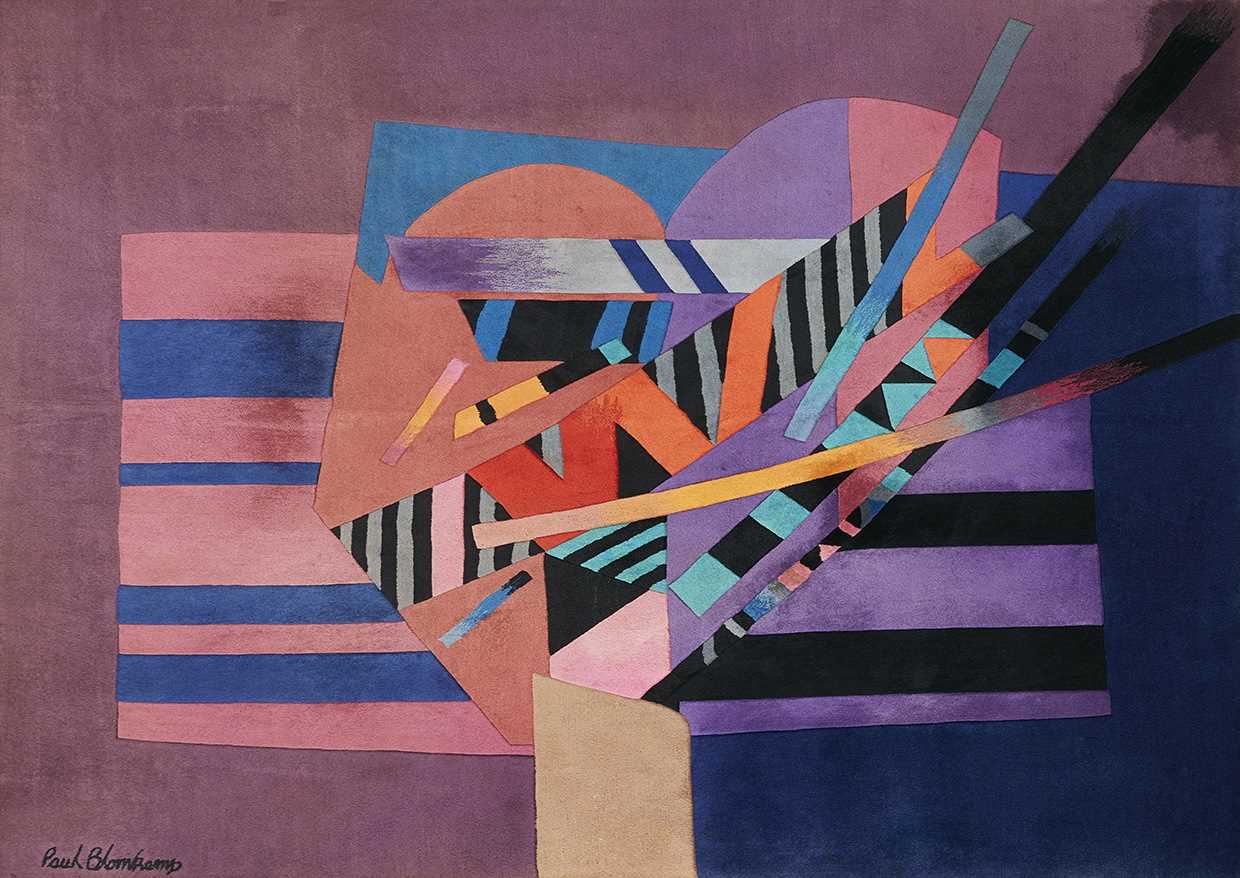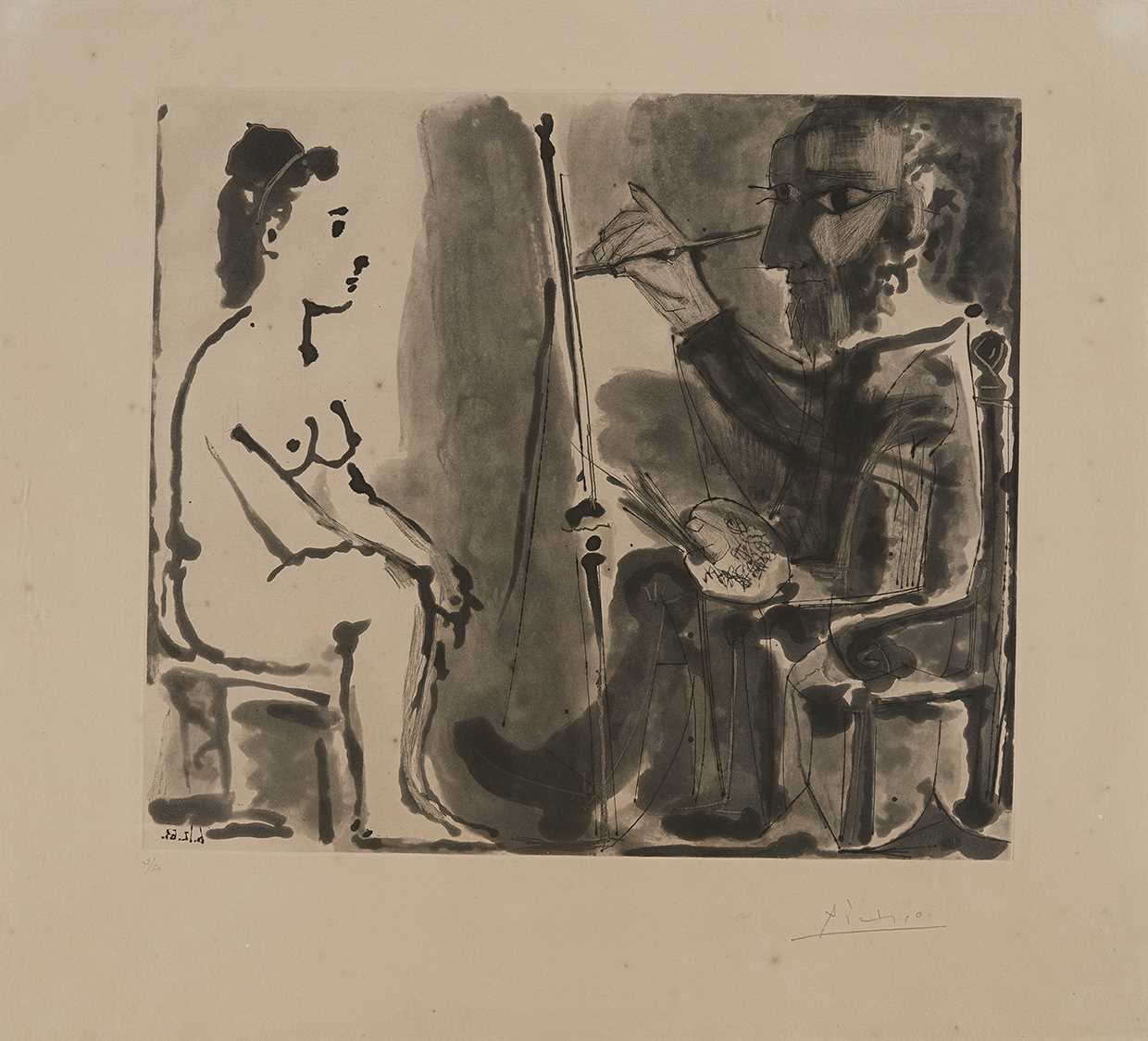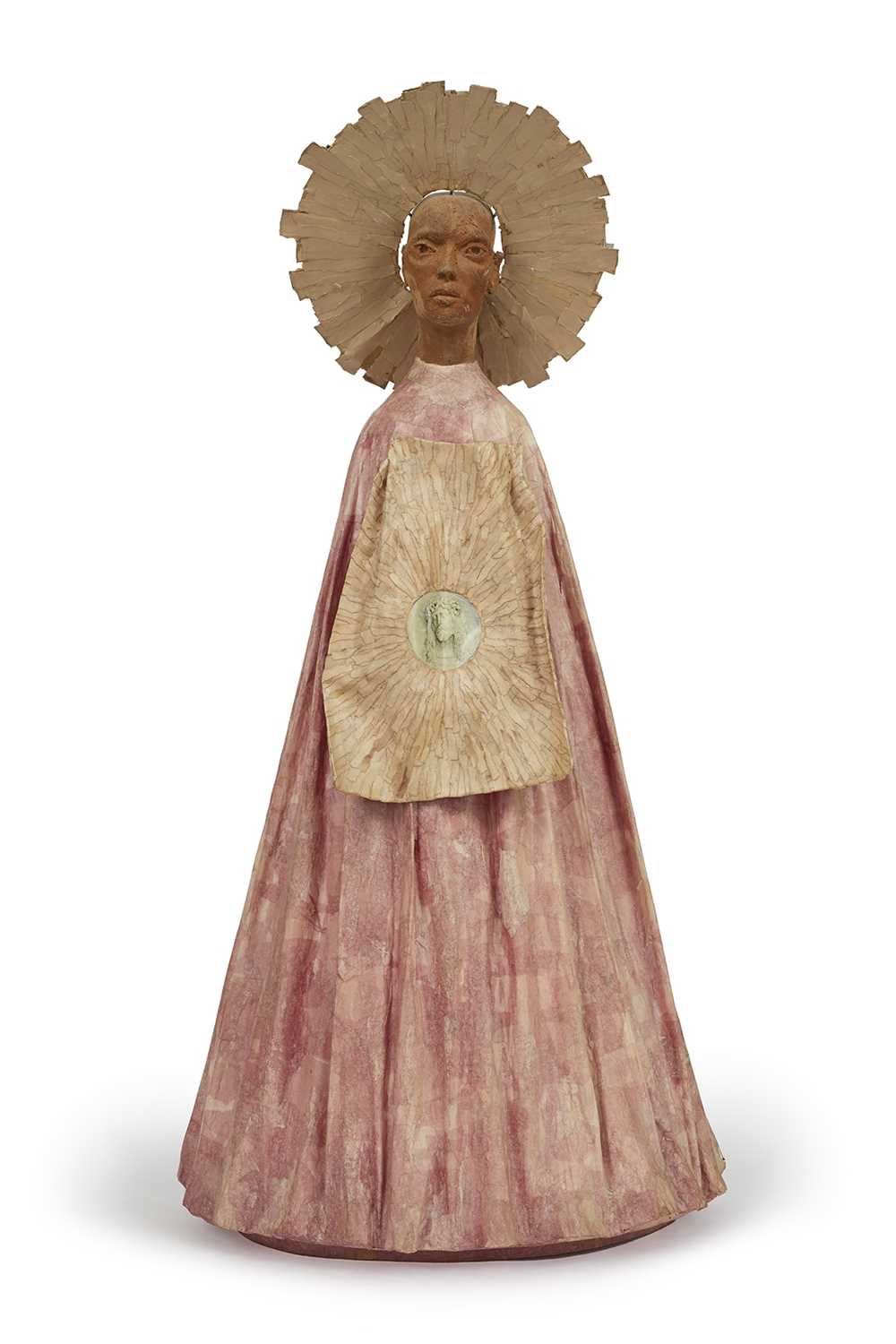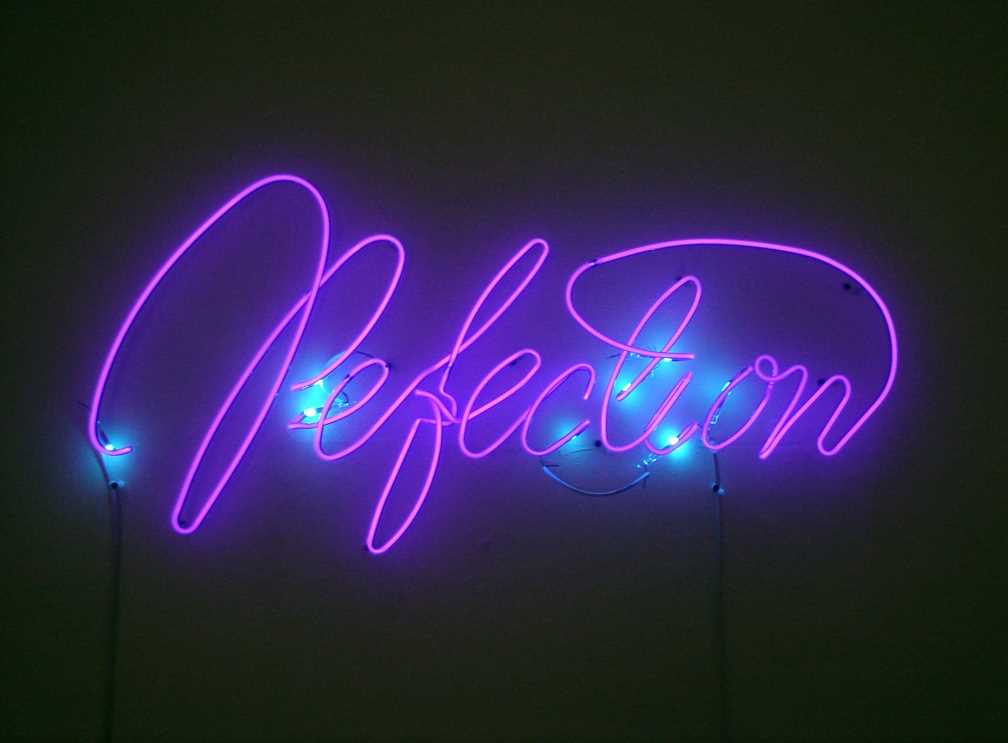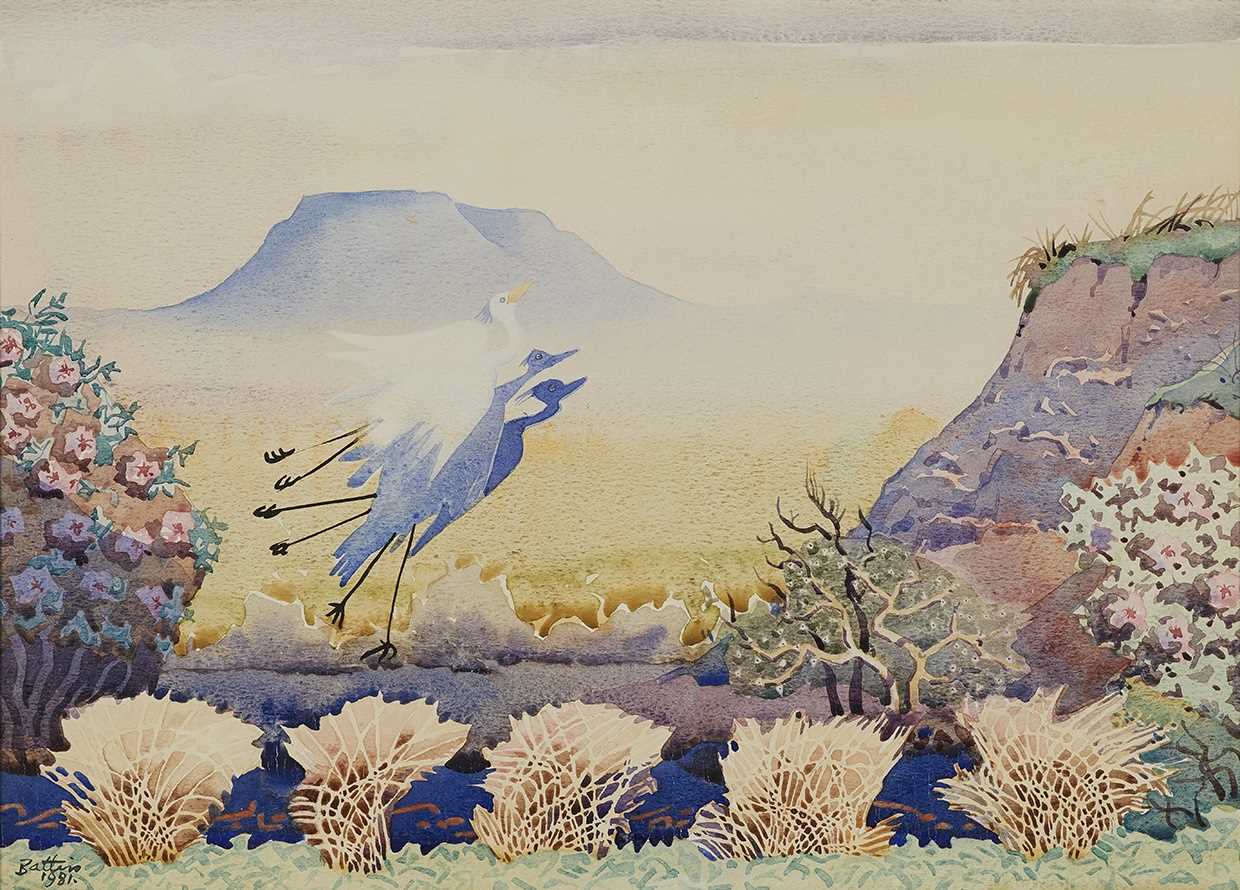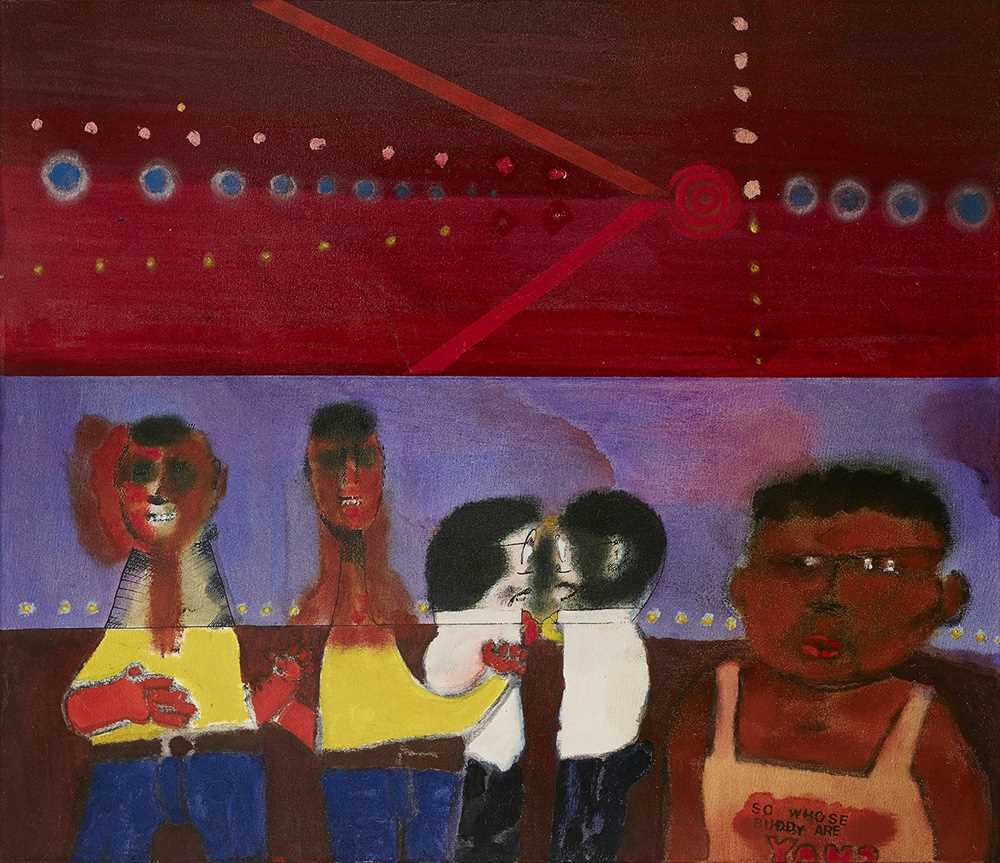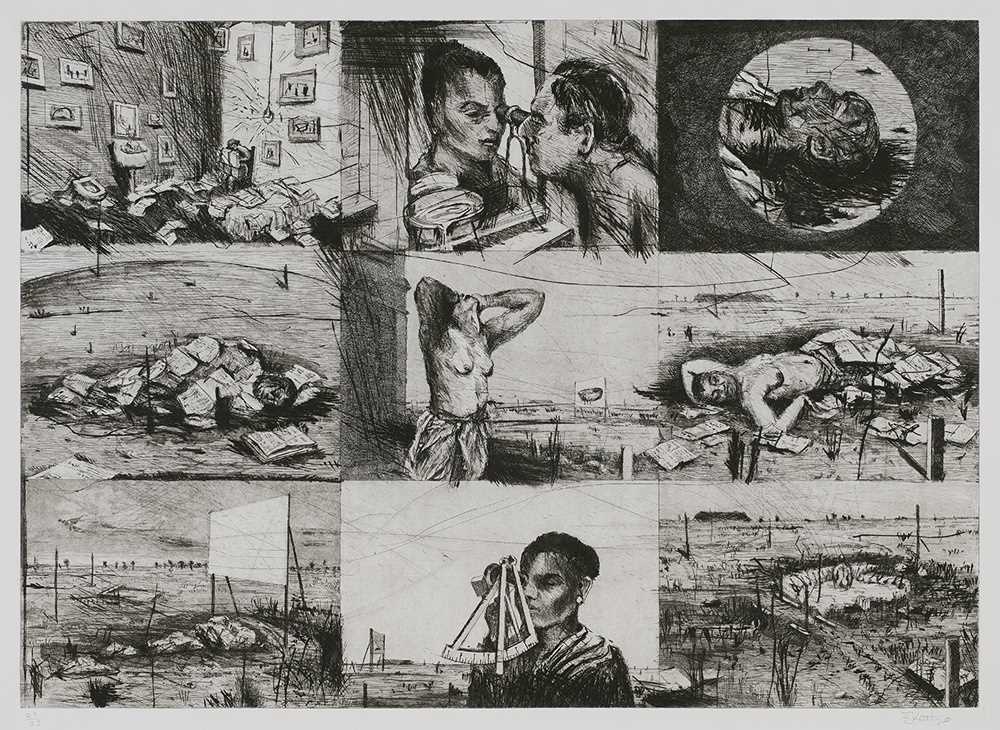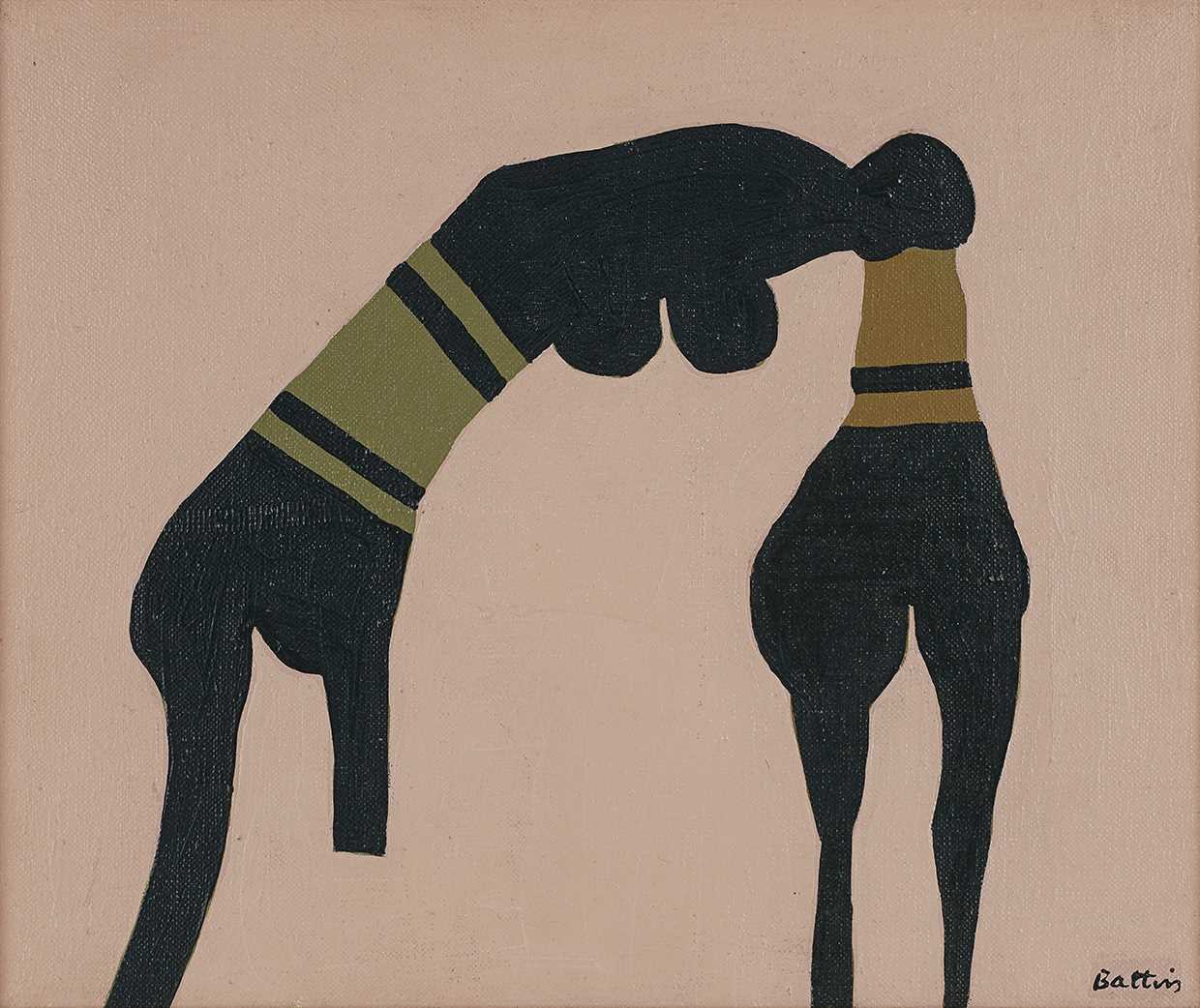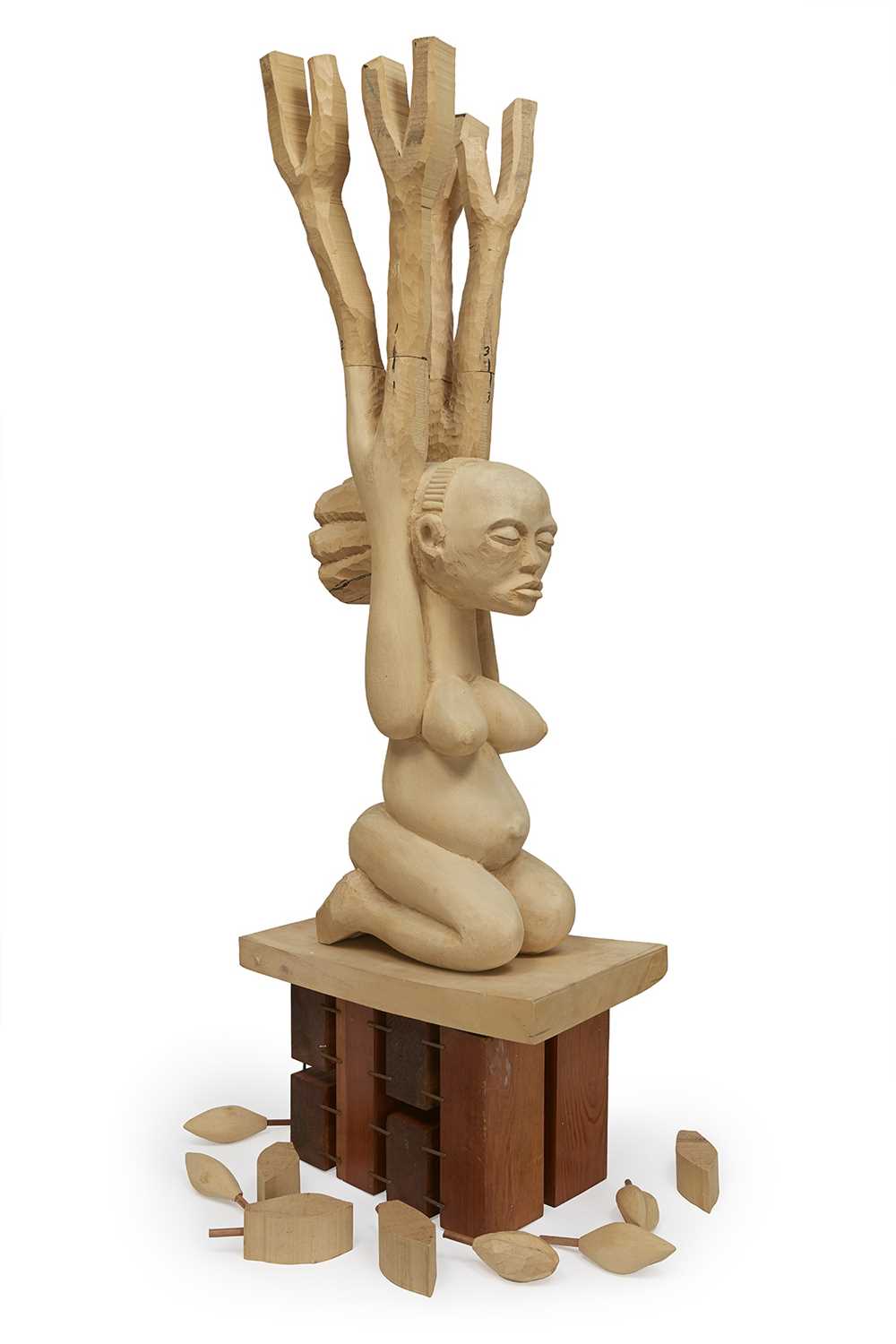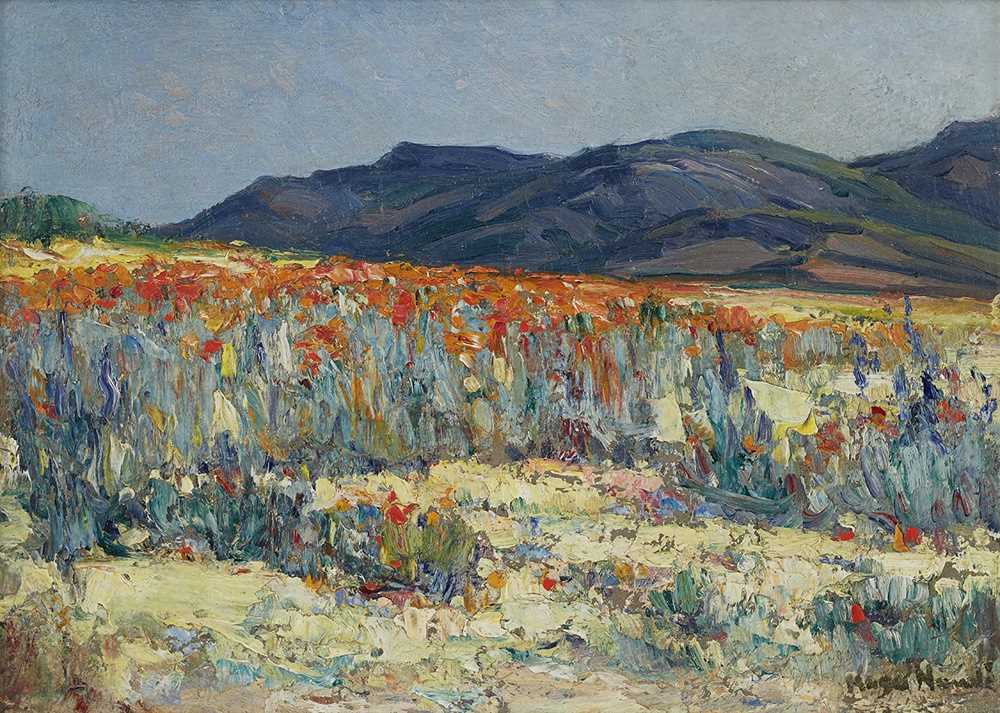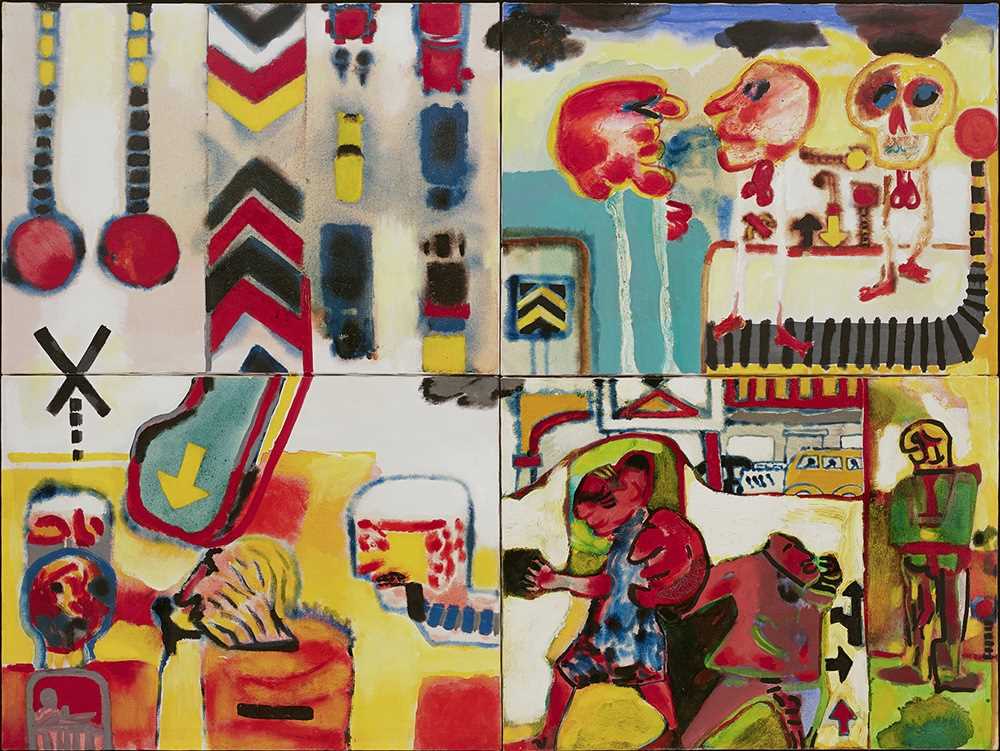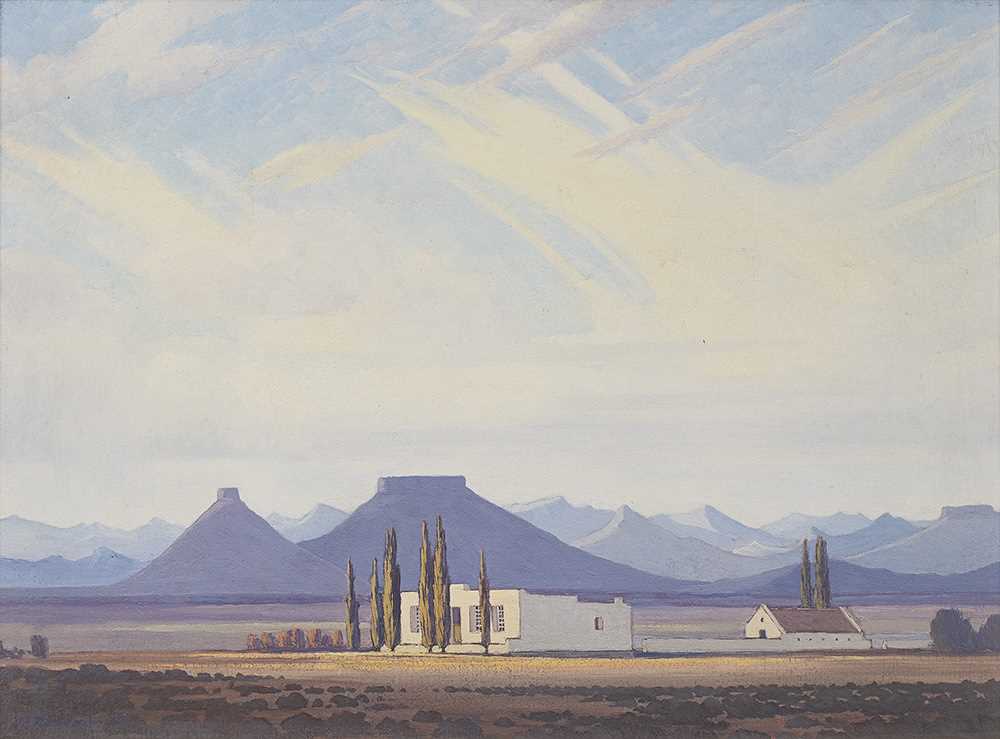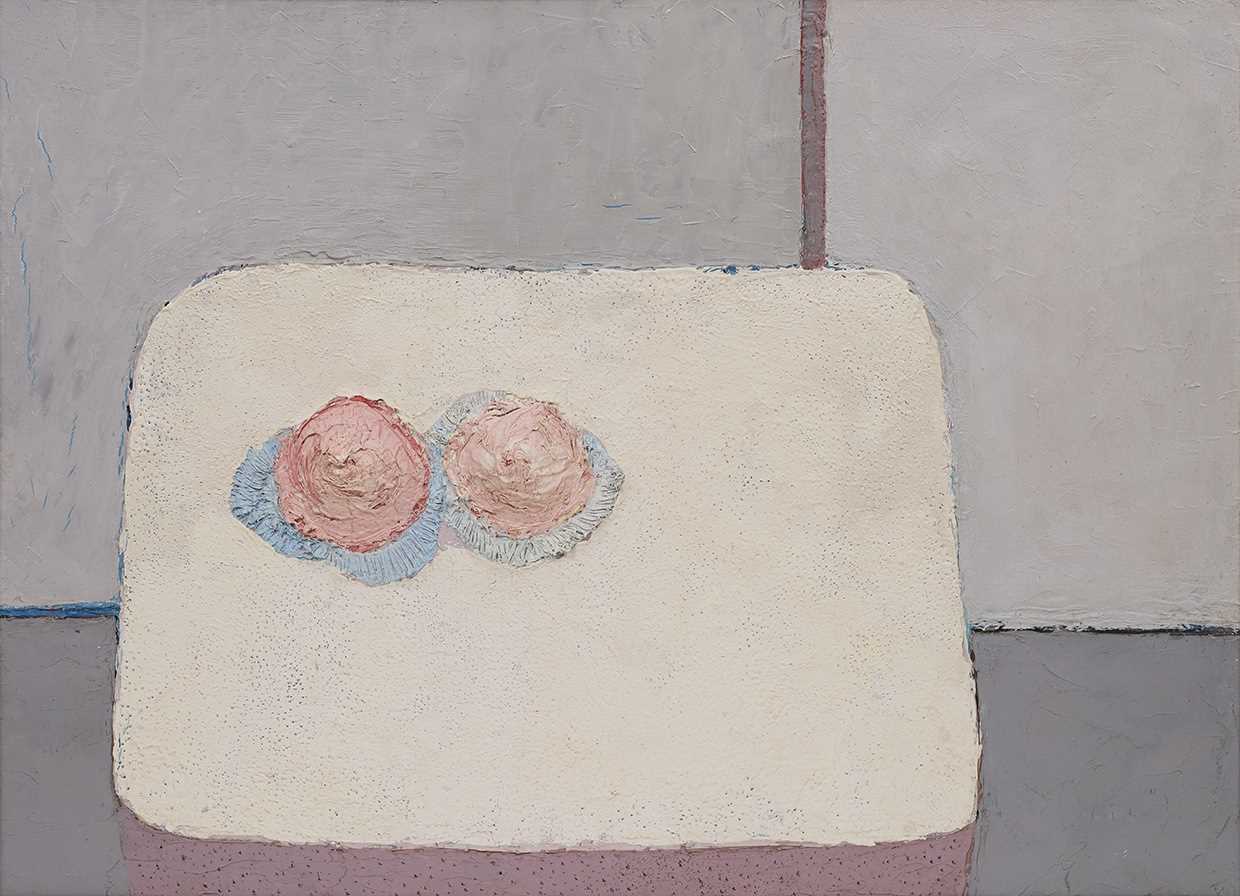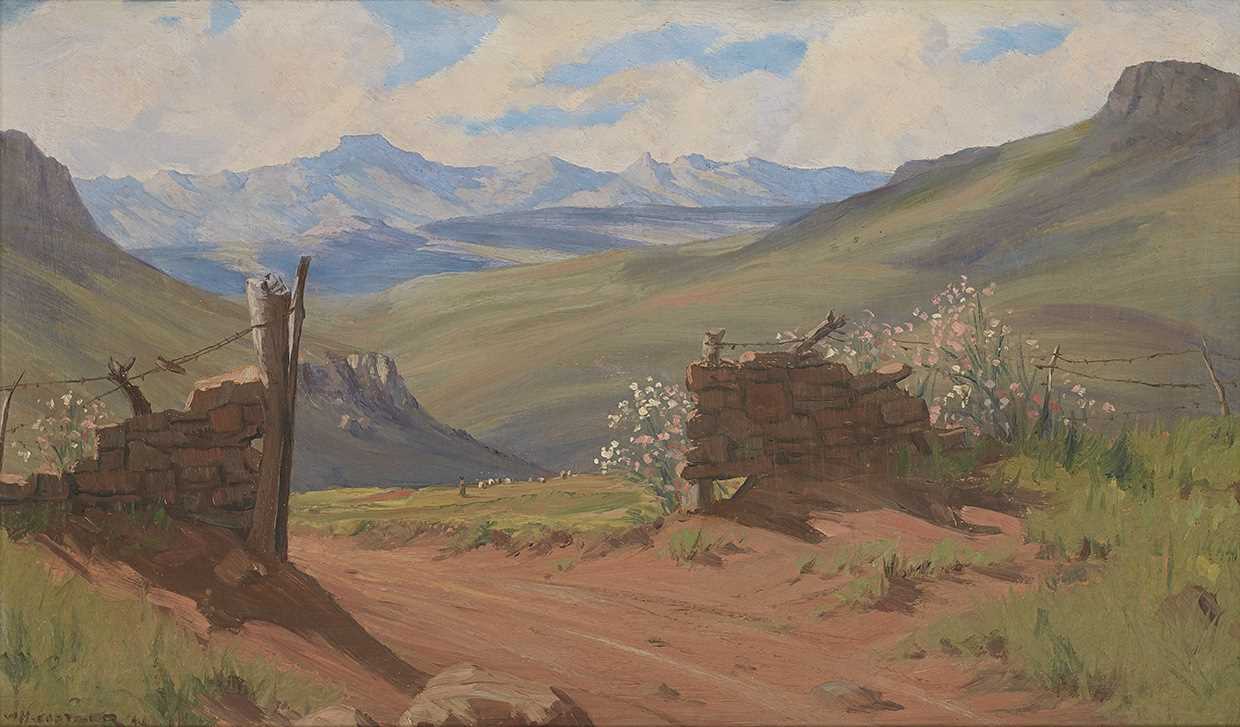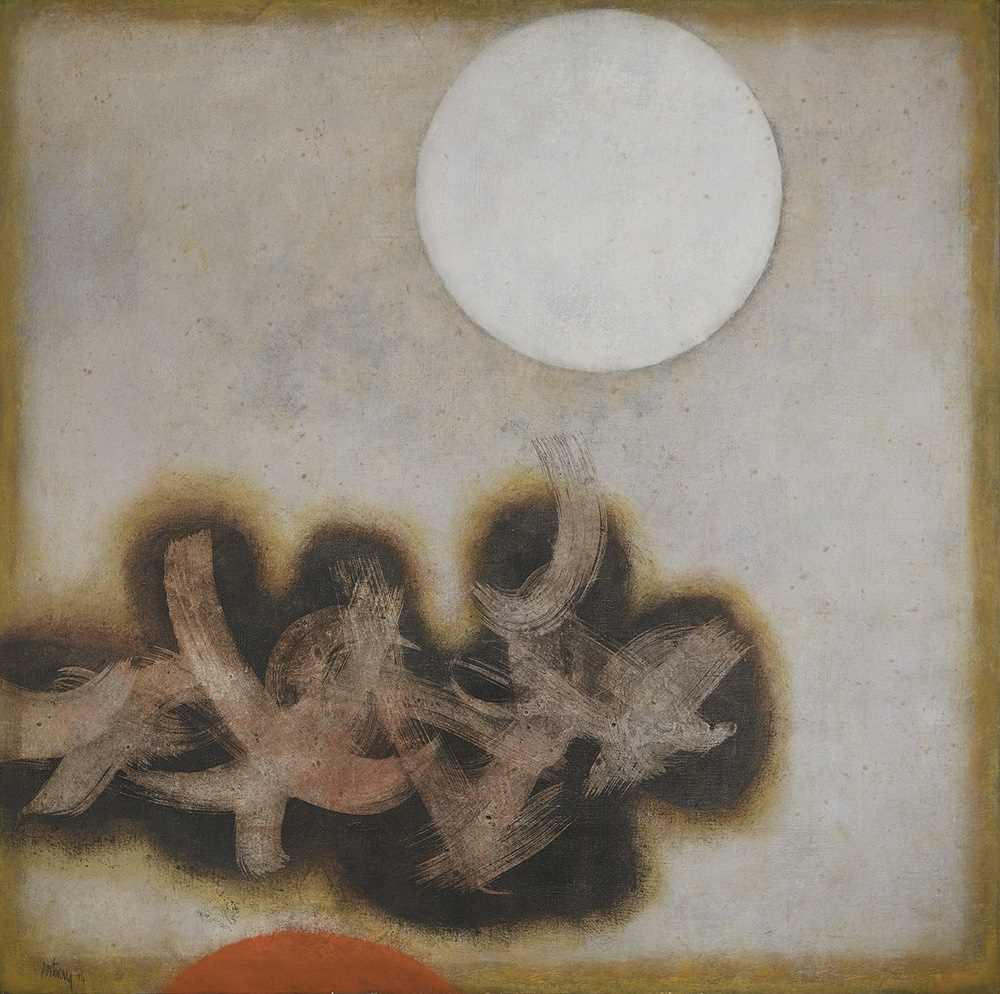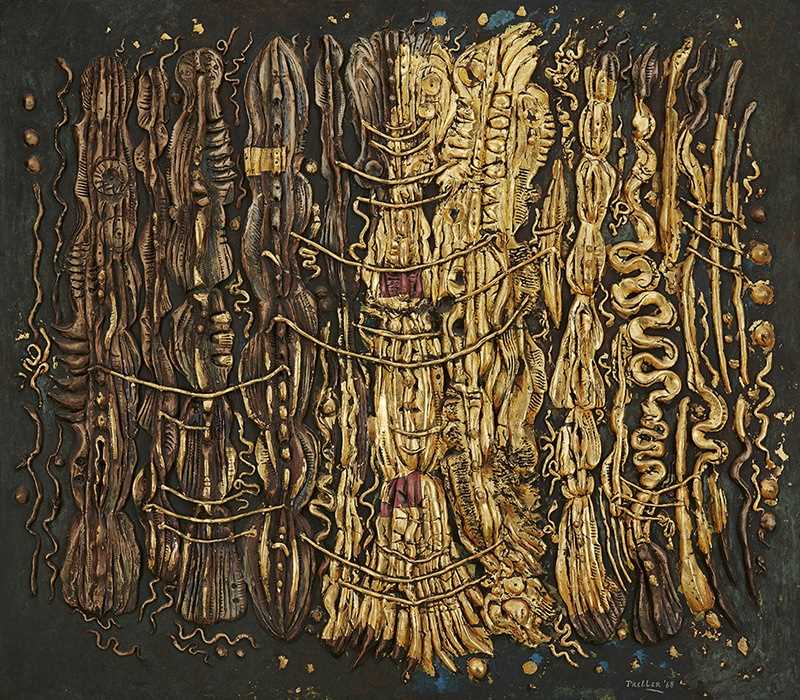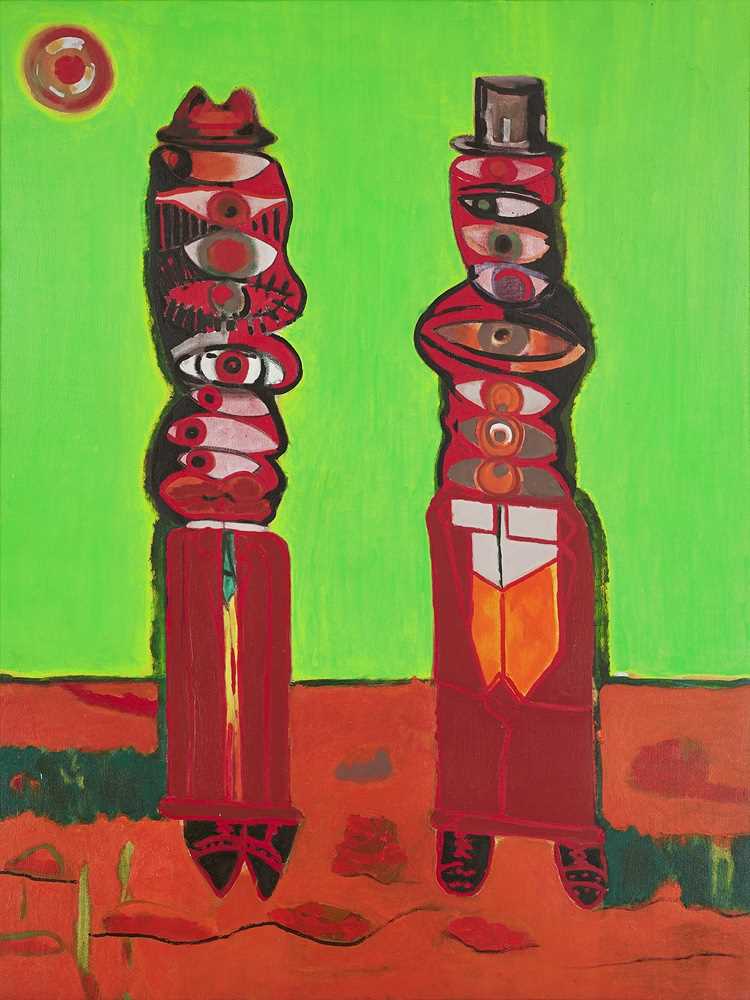31st Oct, 2016 20:00
Historic, Modern & Contemporary Art
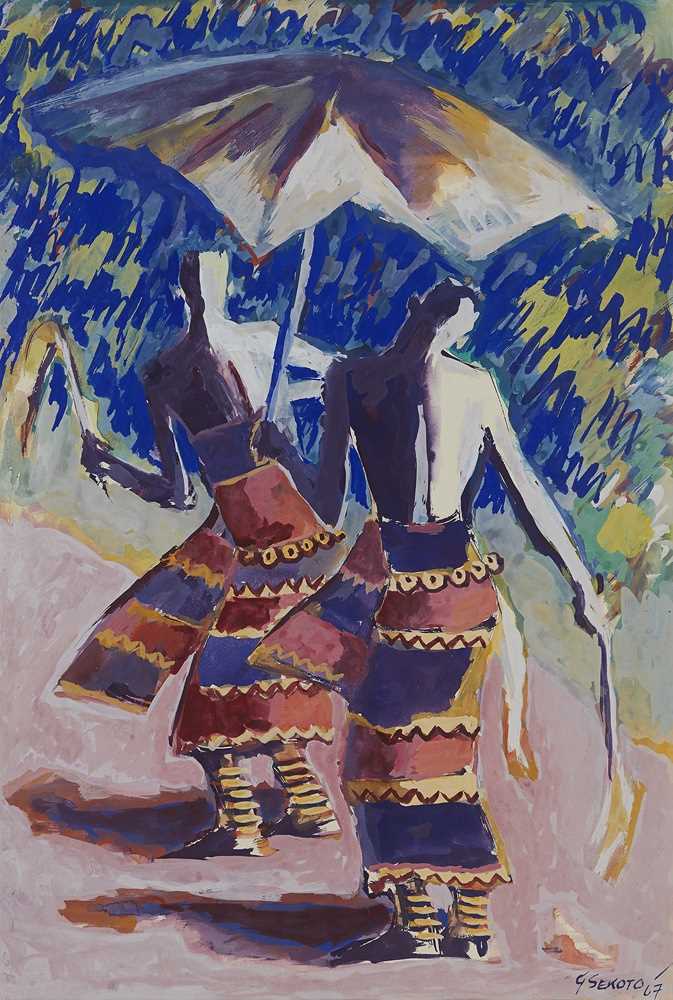
17
Gerard Sekoto (South Africa 1913-1993)
Senegalese dancers
gouache on paper
Artwork date: 1967
Signature details: signed and dated
Sold for R204,624
Estimated at R100,000 - R150,000
gouache on paper
Artwork date: 1967
Signature details: signed and dated
(1)
53.5 x 36 cm
Notes:
Widely recognised as the pioneer of black South African art and social realism, Gerard Sekoto was born in Botshabelo, a German Lutheran Mission Station near Middelburg in what was then the Transvaal in 1913 – the year in which the notorious Natives Land Act was introduced to South Africa. Despite the struggles of being a black artist living in South Africa, Sekoto managed to forge a reputation for himself during his early years in Sophiatown (Johannesburg), District Six (Cape Town) and Eastwood (Pretoria) respectively. But with the encouragement of fellow artists, like Lippy Lipshitz and Ernest Mancoba, he left South Africa on the Carnarvon Castle in 1947 bound first for London, then Paris, where he remained, in self-imposed exile, until his death in 1993.
Both of these paintings evidence his lifelong connection to the spirit, nature, people, culture and forms of Africa. Sekoto’s mingling with fellow exiles inspired a keen interest in and involvement with various pan-African movements. In 1966, he was invited by Leopold Senghor, President of Senegal and famed African poet, to exhibit at the ‘First Festival of Negro Arts’. He travelled with his friend Tiberio Wilson, a Brazilian artist, and the two stayed and worked in Dakar and the village of Casamance until 1967 when Sekoto was called back to Paris by his life partner Marthe Baillon, who had fallen ill. Dancing Women was painted during this period, and celebrates the beauty and vitality of Senegalese culture. In the brightly patterned cloths worn by the dancers and the energetically painted blue sky tinged with bright light, one senses the artist’s rediscovered pleasure in the heat and colour of his native continent.
The figurative expressionism and dynamism of this work is also strongly evident in a later work in oils, entitled Trees. The flowing lines and prismatic patterns in Sekoto’s rendering of the trees makes them appear distinctly animate, as if they too might be dancers on the plains. The interplay of line and colour in both of these works is strikingly musical, as was Sekoto himself. He was introduced to the harmonium at an early age and could play several instruments. During his years in Paris, he earned a living as pianist in a nightclub called L’echelle Jacob (Jacob’s Ladder) which opened for business after the Second World War. Music was central to his life and art.
Alexaxandra Dodd
Sources
Reid, C. (2013). The Artist: Sekoto’s Life. The Gerard Sekoto Foundation, [online] Available at: http://www.gerardsekotofoundation.com [Accessed: 26 Aug. 2016].
South African History Online (2016). Jan Gerard Sekoto. [online] Available at: http://www.sahistory.org.za/people/jan-gerard-sekoto [Accessed: 26 Aug. 2016].
BBC (2013) In pictures: Gerard Sekoto – father of South Africa’s modern art. [online] Available at: http://www.bbc.com/news/in-pictures-22766310 [Accessed: 26 Aug. 2016].
You can place an absentee bid through our website - please sign in to your account on our website to proceed.
In the My Account tab you can also enter telephone bids, or email bids@aspireart.net to log telephone/absentee bids.
Join us on the day of the auction to follow and bid in real-time.
The auction will be live-streamed with an audio-visual feed.
Auction: Historic, Modern & Contemporary Art, 31st Oct, 2016
The line-up for our inaugural sale included an extraordinary selection of art. Works ranged from JH Pierneef’s breathtaking Karoo near Hofmeyer, painted in 1930, to Dan Halter’s 2006, ultraviolet light, Pefection.
Sculptures varied from Edoardo Villa’s acknowledgment of French artist, Aristide Maillol to Wim Botha’s heads that draw on classical and contemporary sources and Ed Young’s cheeky nude self-portrait. Also included were impressive photographs by award-winners, David Goldblatt and Pieter Hugo.
The auction set an impressive standard, with an outstanding sell-through rate of over 75% across 121 lots. The top lot of the sale was Alexis Preller’s exceptional Profile Figures (Mirrored Image), selling for over R7-million. Record sales were achieved for Villa, Goldblatt, and Hugo, amongst others.
Viewing
Friday 28 October 2016 | 10 am – 5 pm
Saturday 28 October 2016 | 10 am – 5 pm
Sunday 28 October 2016 | 10 am – 4 pm
HIGHLIGHTS
IMPORTANT NOTICE:
Logistics
While we endeavour to assist our Clients as much as possible, we require artwork(s) to be delivered and/or collected from our premises by the Client. In instances where a Client is unable to deliver or collect artwork(s), Aspire staff is available to assist in this process by outsourcing the services to one of our preferred Service Providers. The cost for this will be for the Client’s account, with an additional Handling Fee of 15% charged on top of the Service Provider’s invoice.
Aspire Art provides inter-company transfer services for its Clients between Johannesburg and Cape Town branches. These are based on the size of the artwork(s), and charged as follows:
Small (≤60x90x10 cm): R480
Medium (≤90x120x15 cm): R960
Large (≤120x150x20 cm): R1,440
Over-size: Special quote
Should artwork(s) be collected or delivered to/from Clients by Aspire Art directly, the following charges will apply:
Collection/delivery ≤20km: R400
Collection/delivery 20km>R800≤50km
Collection/delivery >50km: Special quote
Packaging
A flat fee of R100 will be added to the invoice for packaging of unframed works on paper.
International Collectors Shipping Package
For collectors based outside South Africa who purchase regularly from Aspire Art’s auctions in South Africa, it does not make sense to ship artworks individually or per auction and pay shipping every time you buy another work. Consequently, we have developed a special collectors’ shipping package to assist in reducing shipping costs and the constant demands of logistics arrangements.
For buyers from outside South Africa, we will keep the artworks you have purchased in storage during the year and then ship all the works you have acquired during the year together, so the shipping costs are reduced. At the end of the annual period, we will source various quotes to get you the best price, and ship all your artworks to your desired address at once.
Aspire Art will arrange suitable storage during, and cost-effective shipping at the end, of the annual period.
Collections
Collections are by appointment, with 24-hours’ notice
Clients are requested to contact the relevant office and inform Aspire Art of which artwork(s) they would like to collect, and allow a 24-hour window for Aspire Art’s logistics department to retrieve the artwork(s) and prepare them for collection.
Handling Fee
Aspire Art charges a 15% Handling Fee on all Logistics, Framing, Restoration and Conservation arranged by Aspire.
